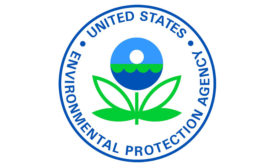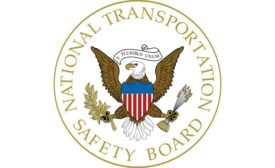Oil and Gas Industry Safety & Health
Court rules Exxon must turn over refinery blast info to CSB
Investigation stalled due to litigation
December 11, 2019
NTSB: Worker error behind school building blowing up
Lawsuits are pending
December 4, 2019
Better illumination benefits safety; reduces environmental footprints
Limits of legacy lighting
November 1, 2019
Become a Leader in Safety Culture
Build your knowledge with ISHN, covering key safety, health and industrial hygiene news, products, and trends.
JOIN TODAYCopyright ©2025. All Rights Reserved BNP Media.
Design, CMS, Hosting & Web Development :: ePublishing








